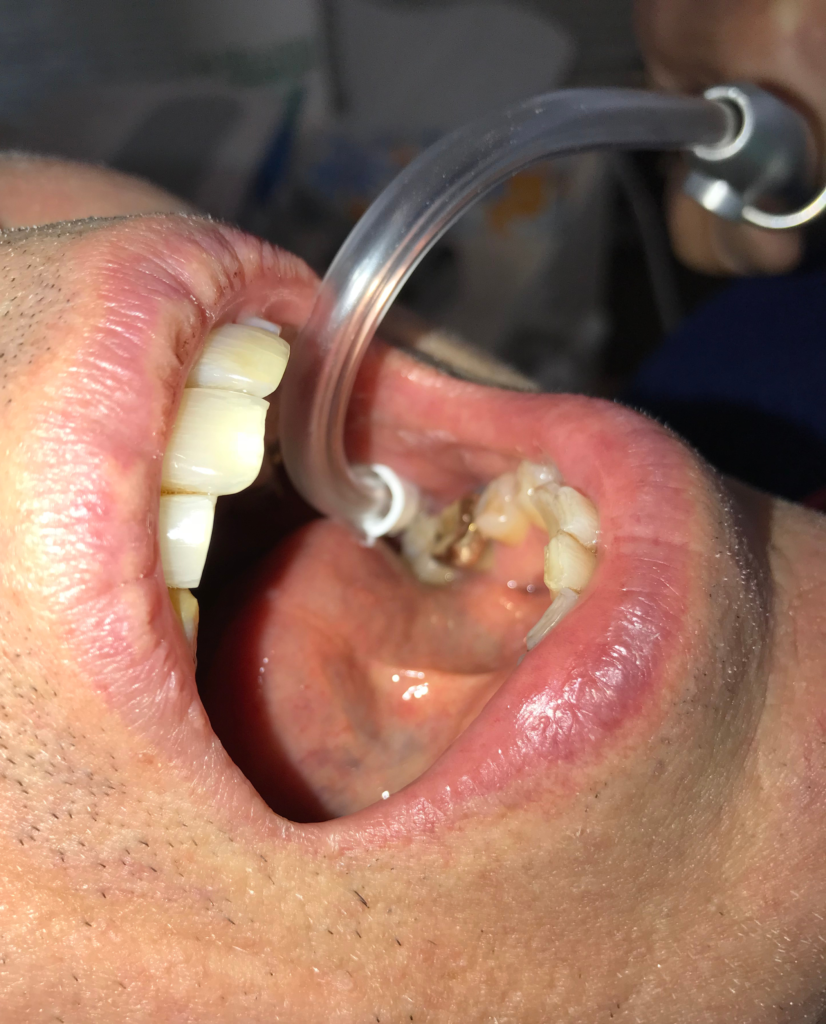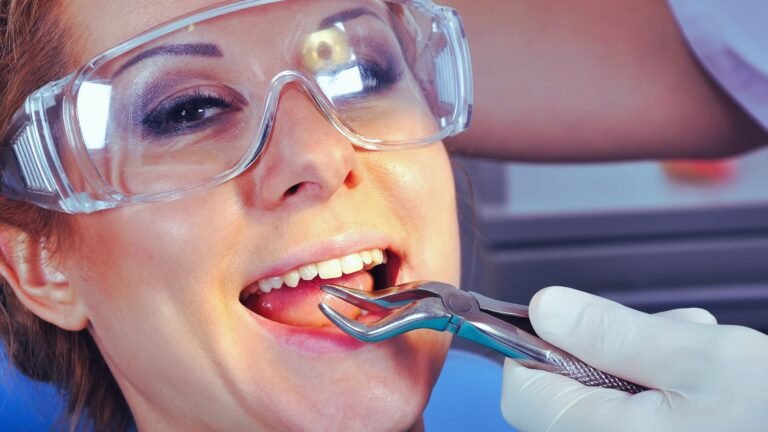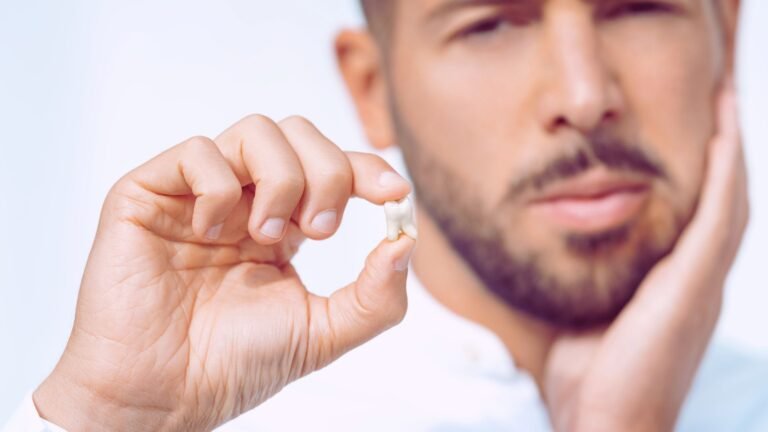How to Remove Tooth Crown at Home?
You might find yourself in a situation where you need to remove your tooth crown at home. While it’s always best to visit your dentist, knowing how to handle such a scenario could be important, especially in an emergency. First, you’ll need to assess the condition of your crown and gather the right tools without causing harm to your tooth or gums. But what comes next? How do you make sure that you don’t damage the underlying tooth or cause yourself unnecessary pain? Let’s explore the precautions you should take and the step-by-step process that could help you manage this delicate task safely.
Assessing the Crown’s Condition

Before attempting any alterations, it’s essential to carefully assess the stability and overall health of your dental crown. You’re taking a significant step, and ensuring the integrity of your crown is pivotal to avoid damaging your tooth or the crown itself. Start by gently tapping the crown with your fingernail or a small spoon to check for any hollow sounds, which might indicate a loose fit.
Next, examine the crown closely for any signs of cracking, chipping, or wear. Use a mirror to get a good view, especially at the back and sides. If you notice any discrepancies in the appearance or fit, it’s a strong indicator that the crown’s integrity may be compromised.
Gathering Necessary Tools
Once you’ve evaluated the crown’s condition, gather the necessary tools: dental floss, a small flashlight, and a dental pick. These aren’t just random selections; they’re necessary for a safe DIY procedure.
Taking DIY precautions seriously means understanding the risks and making sure you have the proper tools on hand. Dental floss helps in determining the looseness of the crown without applying excessive force. A dental pick, while useful, must be used with utmost care to avoid injuring your gums or the tooth itself. The flashlight provides you with clear visibility, essential for precision and avoiding unnecessary complications.
Before you proceed, consider these emotional and practical aspects:
| Aspect | Why It’s Important |
|---|---|
| Safety | Prevents potential complications |
| Visibility | Ensures accurate handling |
| Right Tools | Minimizes risk of gum damage |
Loosening the Crown
Having prepared with the right tools, you can now begin to gently loosen the crown using dental floss. Slide the floss between the crown and the adjacent tooth, carefully working it back and forth. This action helps to disrupt the seal and adhesive under the edges of the crown, making the loosening process smoother. Be patient and avoid using excessive force to prevent damaging your gum or the crown itself.
As you continue, it’s pivotal to monitor the feel and movement of the crown. If you notice it starting to give even slightly, it’s a sign that your efforts are working. However, if the crown feels firmly in place, don’t force it. Excessive force can lead to dental injury.
In DIY techniques for crown removal, using dental floss is among the safest and least invasive options. It’s important to maintain a gentle approach to avoid any sudden movements that could harm your tooth or gums.
Safely Removing the Crown
After loosening the crown with dental floss, you can now carefully attempt to remove it by gently wiggling it from side to side. It’s important to proceed with caution, making sure you don’t apply excessive force, which could damage your tooth or the crown.
If you feel resistance or pain at any point, it’s advisable to stop immediately. The risks associated with DIY dental procedures are significant, and seeking professional help is often the safer choice.

In emergency situations where you can’t access immediate dental care, make sure you’ve taken all necessary precautions. Confirm your hands and all tools involved are sterilized to prevent infections. Never use sharp or inappropriate tools as these increase the risk of injuring your gums or the surrounding teeth.
Aftercare Recommendations
If you’ve successfully removed your crown, it’s important to manage the exposed tooth and gum area to prevent infection and further damage. Immediately after the removal, you might experience some sensitivity or pain. Prioritize pain management by taking over-the-counter pain relievers such as ibuprofen or acetaminophen according to the package instructions. Additionally, avoid chewing hard foods on the affected side to protect the vulnerable area during the healing process.
Maintaining excellent oral hygiene is crucial. Gently brush the area with a soft-bristled toothbrush and avoid aggressive brushing that could harm the gums or exposed tooth. Rinse your mouth with warm salt water several times a day to reduce inflammation and cleanse the area, which aids in the healing process.
It’s also important to arrange follow-up care with your dentist as soon as possible. Only a professional can assess the situation accurately and provide necessary treatments such as re-crowning or other restorative procedures. Your dentist will also ensure that there’s no lasting damage and that your oral health remains intact.
Frequently Asked Questions
Can I Eat Immediately After Removing a Tooth Crown at Home?
You shouldn’t eat immediately after removing a crown due to risks of pain and crown infection. Reattachment complications and further damage are possible, so consult a dentist for safe, professional advice on management.
How Can I Tell if My Tooth Crown Is Infected?
To determine if your crown is infected, watch for signs like pain, swelling, or an odd taste. Prioritize crown maintenance and consult your dentist immediately for any signs of dental emergencies.
What Are the Risks of Swallowing a Loose Crown Accidentally?
If you accidentally swallow a loose crown, it generally passes without harm, but it’s important to consult an emergency dentist for a crown replacement to avoid further dental issues.
Should I Attempt to Reattach the Crown by Myself?
You shouldn’t attempt DIY repairs on your tooth crown due to potential dangers. It’s safer to consult a dentist to guarantee the procedure is done correctly and to avoid further dental issues.
How Do I Manage Pain After Removing a Crown at Home?
To manage pain after crown removal, use home remedies like clove oil for soothing. Follow aftercare tips to prevent infection, including rinsing with saltwater and avoiding certain foods. Consult your dentist if pain persists.
Conclusion
After carefully loosening and removing your crown at home, it’s important to monitor the area for any signs of discomfort or infection.
Always follow up with your dentist to confirm proper care and discuss potential replacement options.
Remember, while DIY methods can provide a temporary solution, professional dental advice and treatment are necessary for maintaining your oral health.
Keep your dental tools clean, and don’t hesitate to seek immediate professional help if you experience pain or complications.

